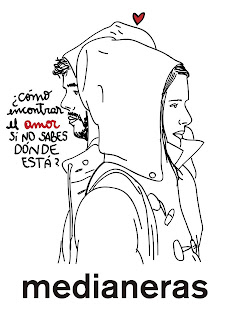Hugh Evan is part of an organization called "Global citizens" that self-identifies not as a member of a state, nation or tribe but as a member of the human race; and his main point is that global issues such as poverty, climate change or gender inequality to name a few, "can only be solved by global citizens demanding global solutions from their leaders." Hugh Evan started founding this idea of helping the others in his heart when he was a child, and then he could extend his dream to reality. He believes that sometimes people want to act, but they do not know how to do it or they think their actions will have no effect. For that reason, Evans supports the idea that people have to be activated and work together to put pressure on the leaders of the world to came up with global solutions to global issues. All people need is organization, motivation and passion.
Being a citizen means acting and that is what Davinia, a Jamaican girl, decided to do. She inspired a lot of other global citizens, and together, they pesuaded the World Bank to invest into water and sanitation in India. This encouraged a double investment into girl's education in Norway and polio eradication in different countries. But there is still a lot to do for the entire world, and Hugh sustains that we can all make a positive change and not just look after of our own backyard.
In my opinion, Hugh Evans' idea is great but too idealistic. Poverty and indiference hurts but as he says, if we want a change, we have to work together and inspire each other. However, I believe that if we want to change the world, first, we have to face an absolute change of mind and overcome the political, cultural, social and economical differences that separates us as well as to assume that we are all part of a same race and a same world, and that it is our responsability as members of the society to look after the other. Unfortunately, we are more and more individualistic and are focused on taking care of our backyards and we do not look aside.
Source:
Evans, H. What does it mean being a citizen of the world?. February 2016. Retrieved from TED website: https://www.ted.com/talks/hugh_evans_what_does_it_mean_to_be_a_citizen_of_the_world?language=es
Source:
Evans, H. What does it mean being a citizen of the world?. February 2016. Retrieved from TED website: https://www.ted.com/talks/hugh_evans_what_does_it_mean_to_be_a_citizen_of_the_world?language=es
